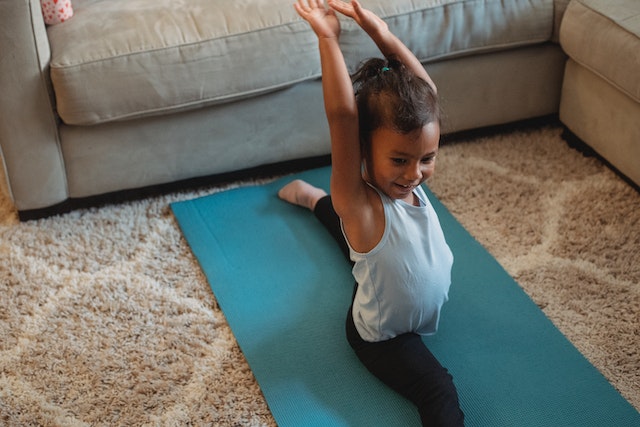This article is designed for parents, educators, and caregivers concerned about Kids’ Body Image and its relationship with media and advertising. Readers will gain insights into the influence of media on body perceptions, learn to recognize potential issues, and acquire strategies to promote positive body image in children.
Introduction:
Meet Dr. Maya Roberts, a child psychologist specializing in media literacy and body image. Dr. Roberts’ expertise provides a solid foundation for unraveling the intricate link between media, advertising, and children’s body image perceptions. This article delves into the complexities and offers actionable advice.
The Power of Media: Understanding Its Impact on Body Image
Delve into how media images, beauty standards, and unrealistic portrayals contribute to shaping children’s perceptions of their own bodies.
Identifying Negative Effects: Recognizing Signs of Body Dissatisfaction
Learn to spot potential red flags indicating that media consumption is negatively affecting children’s self-esteem and body image.

Promoting Media Literacy: Empowering Children to Decipher Messages
Discover the importance of teaching children critical thinking skills to decode media messages, helping them understand the difference between reality and media constructs.
Cultivating Resilience: Strategies for Fostering Positive Body Image
Explore practical approaches for building Kids’ Body Image resilience against negative media influences, including open conversations, diverse role models, and self-compassion.
Main Goal and Achieving It
The main goal of this article is to equip parents, educators, and caregivers with insights into the impact of media and advertising on children’s body image. By comprehending the power of media, recognizing signs of negative effects, promoting media literacy, and providing strategies for fostering a healthy body image, readers can navigate this complex landscape more effectively.
Offering New Ideas and Expertise
Dr. Maya Roberts’ expertise in child psychology and media literacy enriches the article. Her insights provide readers with innovative ideas to counteract media’s influence, offering fresh perspectives on nurturing positive body image.
Conclusion:
Dr. Maya Roberts’ expert guidance, combined with practical strategies, empowers readers to navigate the intricate relationship between media, advertising, and Kids’ Body Image. By promoting media literacy, fostering open dialogues, and nurturing self-esteem, caregivers and educators can mitigate the negative effects and help children develop a healthy self-perception. The article’s focus remains on providing valuable insights rather than being overly optimized for search engines.




